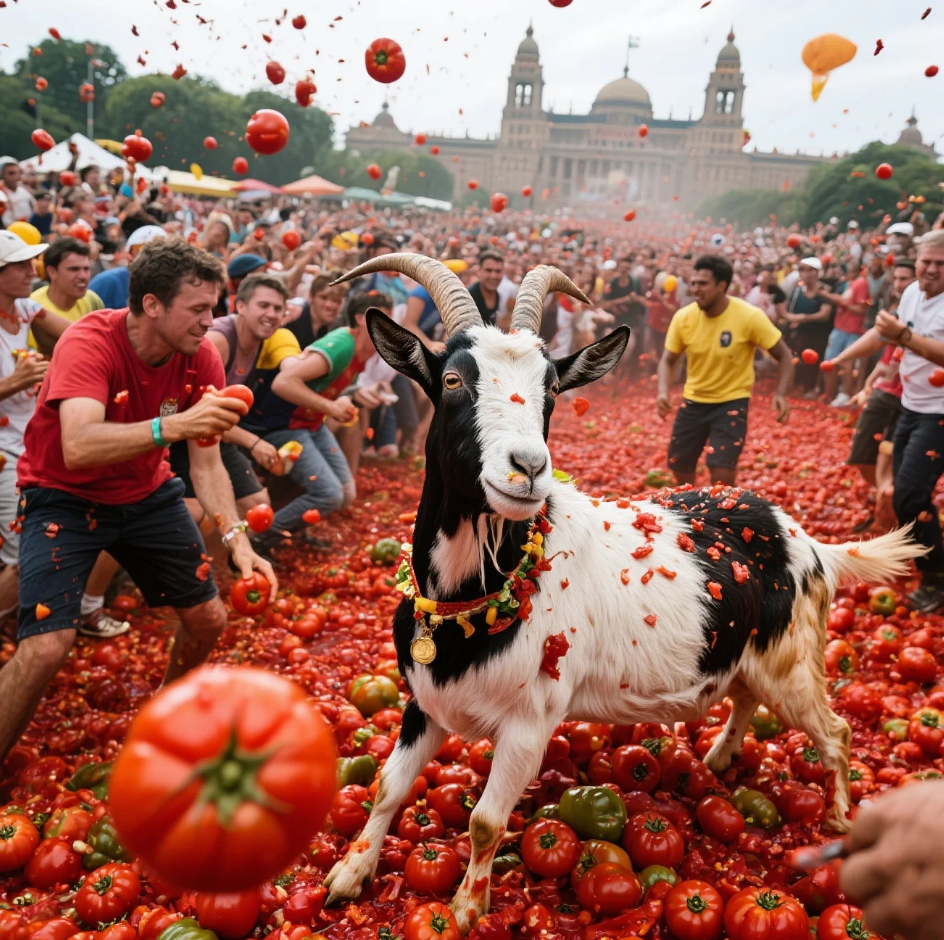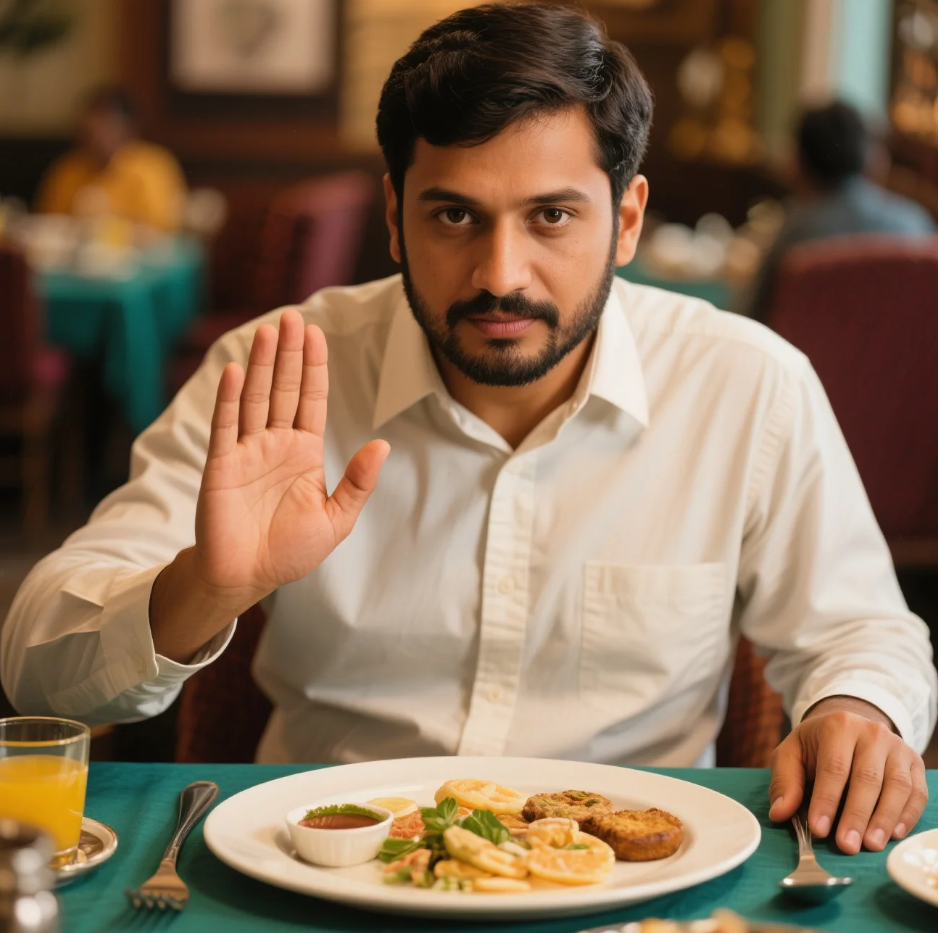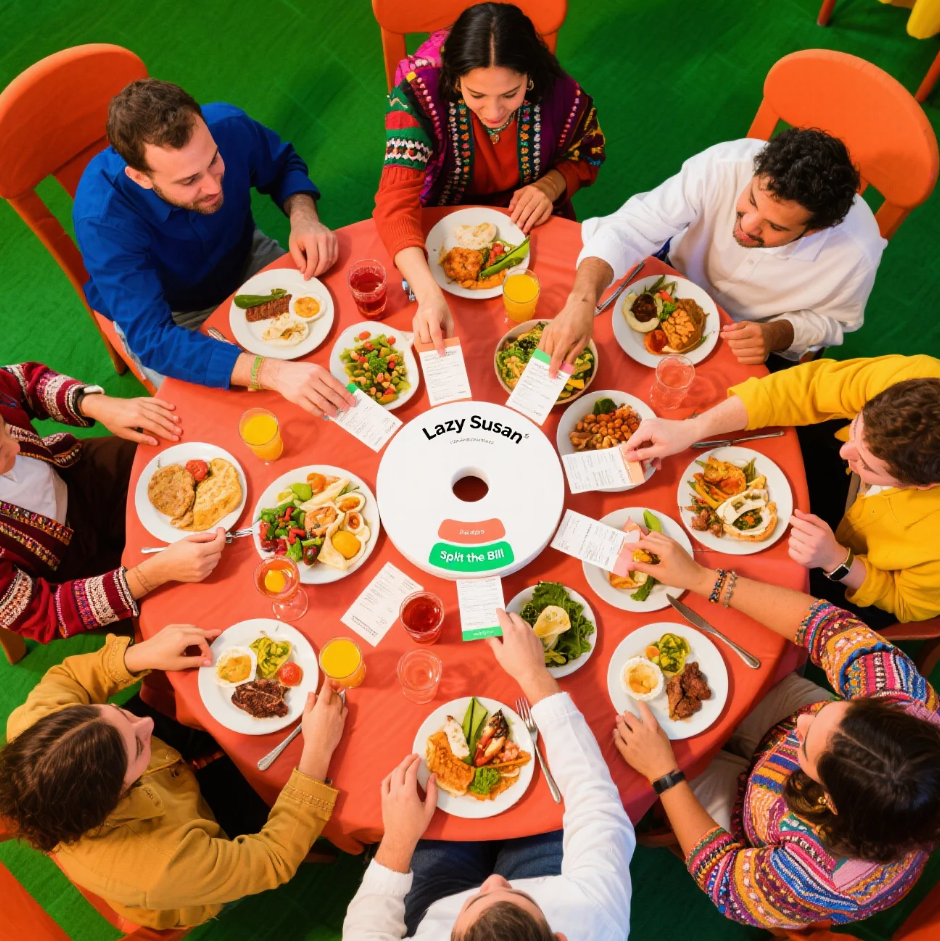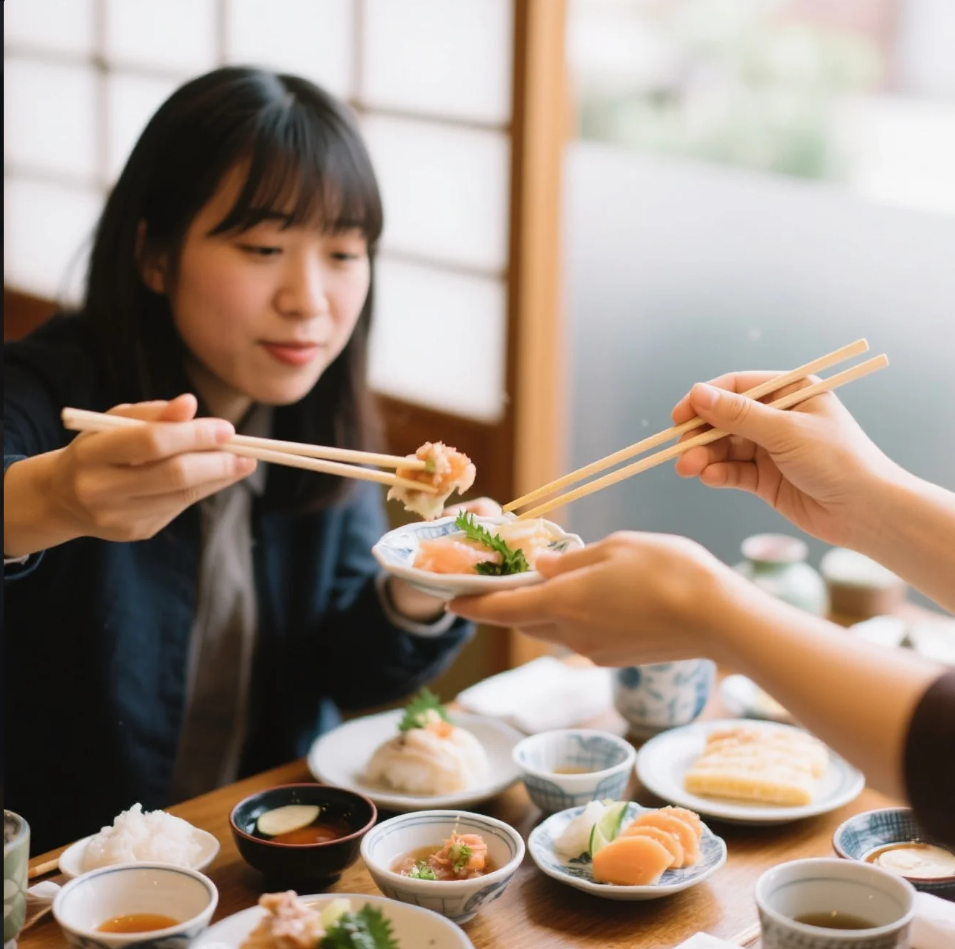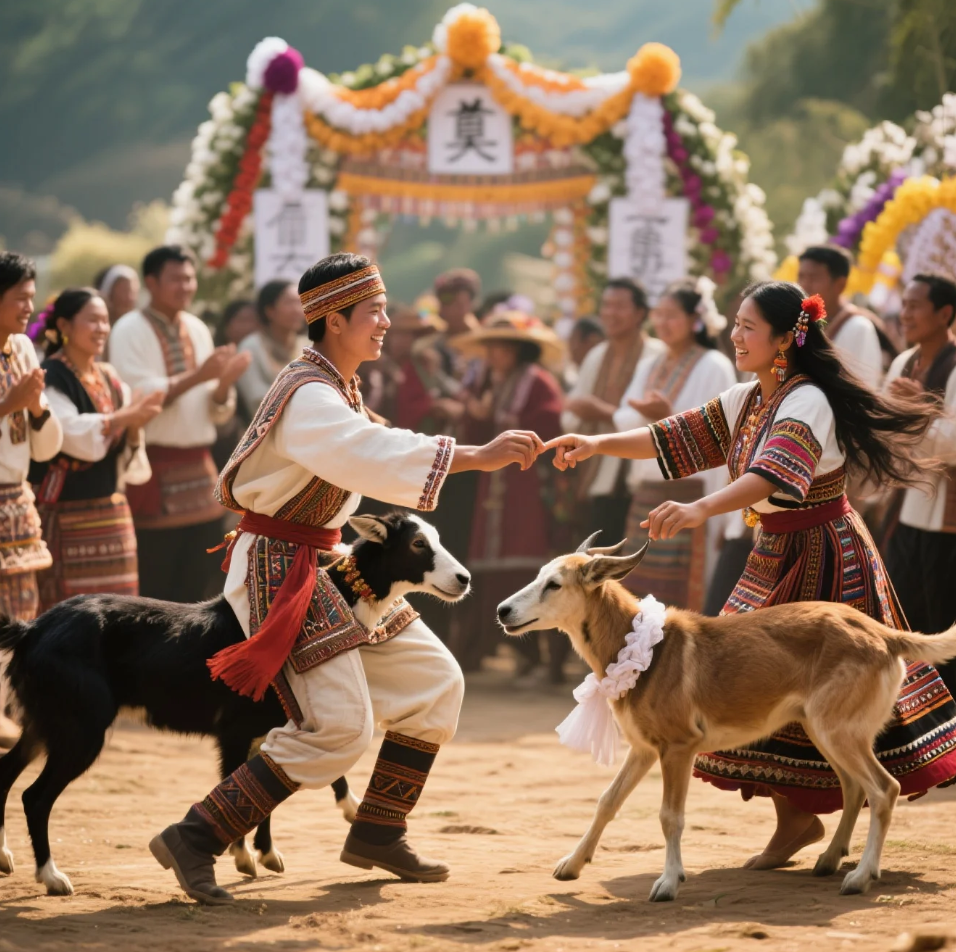
When it comes to culture, the world never ceases to surprise us. Every country, every community has its own set of traditions, some charming and heartwarming, others downright bizarre — and often, they can be completely baffling to outsiders. From funeral dances in the Caribbean to animal weddings in Asia, the variety of human customs is as rich as it is strange. Today, we dive into some of the wildest, most unexpected cultural practices you probably never heard of in school — but definitely won’t forget.
The Caribbean Funeral Dance: Celebrating Life with Movement
Most cultures treat funerals as somber, quiet affairs. But in parts of the Caribbean, especially in Jamaica and Trinidad, funerals are a whole different story. Instead of just mourning, people dance — not just any dance, but energetic, joyful movements celebrating the deceased’s life. Known as “funeral dances,” these rituals involve live music, colorful clothing, and a communal spirit where grief and joy blend.
The reasoning? Death isn’t just an end, it’s a transition. Dancing helps send the soul off with positive energy. It’s also believed that celebrating life through movement honors the deceased better than sorrow alone. Outsiders might find it shocking at first, but this vibrant farewell shows how cultures redefine what respect looks like.
Marrying Animals: Sacred Bonds Beyond Human Relations
In some parts of the world, the concept of marriage extends beyond human relationships. Yes, you read that right — animal marriages. For example, in parts of India, it is not uncommon for villagers to conduct marriage ceremonies involving animals like goats or dogs.
Why? These ceremonies often stem from deep-rooted superstitions or attempts to ward off bad luck. In some cases, people believe that marrying an animal can break curses or prevent calamities. While it might sound bizarre or even cruel to outsiders, for the communities involved, these rituals hold spiritual significance and are an essential part of their cultural fabric.
The Finger Cutting Ceremony of the Dani Tribe
The Dani people of Papua, Indonesia, practice a ritual called “finger amputation” to mourn the death of loved ones. When a family member dies, relatives cut off the tip of one of their fingers to symbolize their grief and loss. This act is deeply symbolic — a physical manifestation of emotional pain.
This gruesome custom might seem shocking today, but it’s been practiced for centuries as a way of sharing the burden of sorrow among the community. It’s also a form of respect and solidarity with the deceased’s family.
Baby Jumping Festival in Spain: Leaping Over Infants for Good Luck
Spain is famous for its lively festivals, but none are as unusual as the Baby Jumping Festival, or “El Colacho,” held annually in the village of Castrillo de Murcia. During this event, men dressed as the Devil leap over rows of babies lying on mattresses in the street.
The purpose? To cleanse the infants of original sin and protect them from evil spirits. Despite its bizarre nature, the festival has a long history dating back to the 17th century and is a cherished tradition for locals. While it might raise eyebrows for safety concerns, it highlights the lengths to which people go to safeguard their children.

The Humble Potato Festival in Peru: More Than Just a Spud Celebration
Potatoes are a staple food worldwide, but in Peru, where the tuber originated, there is an entire festival dedicated to it called “Papa Raymi.” Here, farmers honor the potato with parades, traditional music, and even ritual offerings.
What makes it fascinating is how a simple vegetable becomes a symbol of cultural identity and agricultural pride. It shows that customs aren’t always wild or strange; sometimes, they are humble celebrations of everyday life that bind communities together.
The Night of the Radishes in Mexico: Sculpting Stories with Vegetables
Another vegetable-centered tradition, but far more artistic, is Mexico’s “Night of the Radishes” or “Noche de Rábanos.” Every December 23rd in Oaxaca, giant radishes are carved into intricate figures depicting everything from local legends to modern scenes.
This festival blends creativity with cultural storytelling, turning a root vegetable into a canvas for imagination. It’s a reminder that even the most ordinary things can be part of extraordinary traditions.
Extreme Body Modifications: The Surma Tribe’s Lip Plates
In Ethiopia, the Surma tribe practices one of the most striking forms of body modification in the world — large clay or wooden plates inserted into the lower lips of women. This tradition is a mark of beauty and social status.
While the practice might seem extreme or even shocking to outsiders, it carries deep cultural meaning and pride for those who follow it. It also sparks conversations about the diversity of beauty standards across the globe.
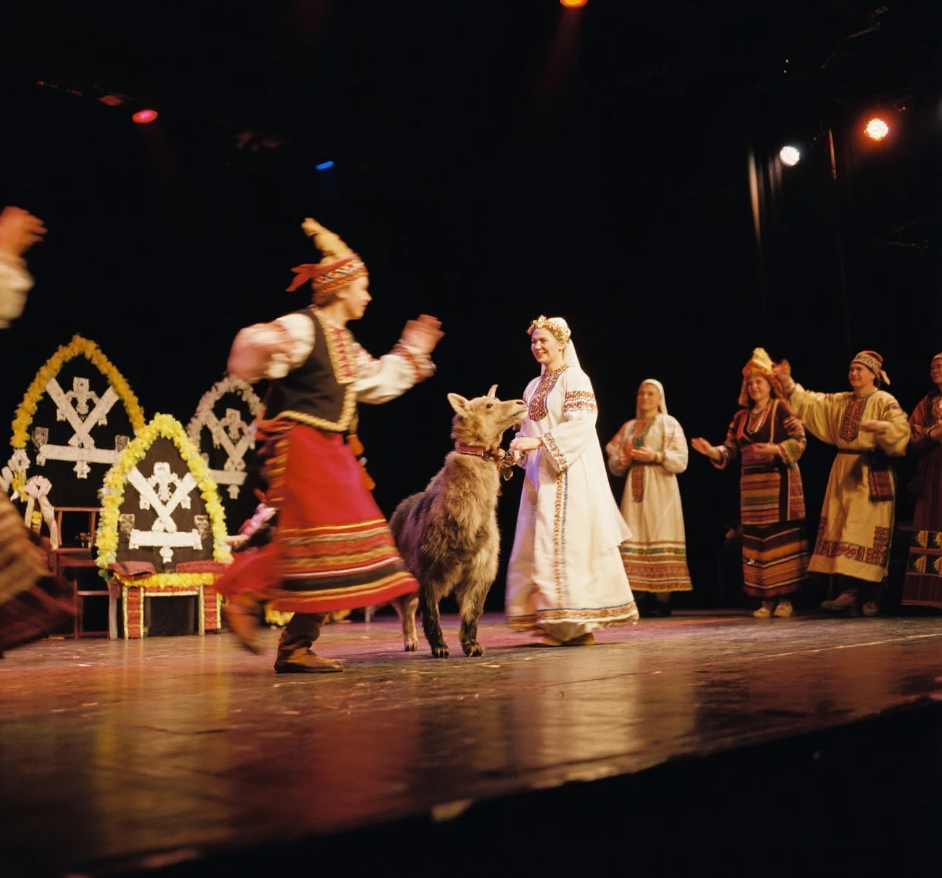
Why Should We Care About These Strange Customs?
Understanding unusual customs helps break down stereotypes and fosters respect for the rich tapestry of human culture. While some traditions might seem odd or uncomfortable from one perspective, they are often deeply meaningful for those who practice them.
Moreover, these customs remind us how creative and adaptable humanity can be — finding unique ways to celebrate, mourn, and make sense of the world around us.












